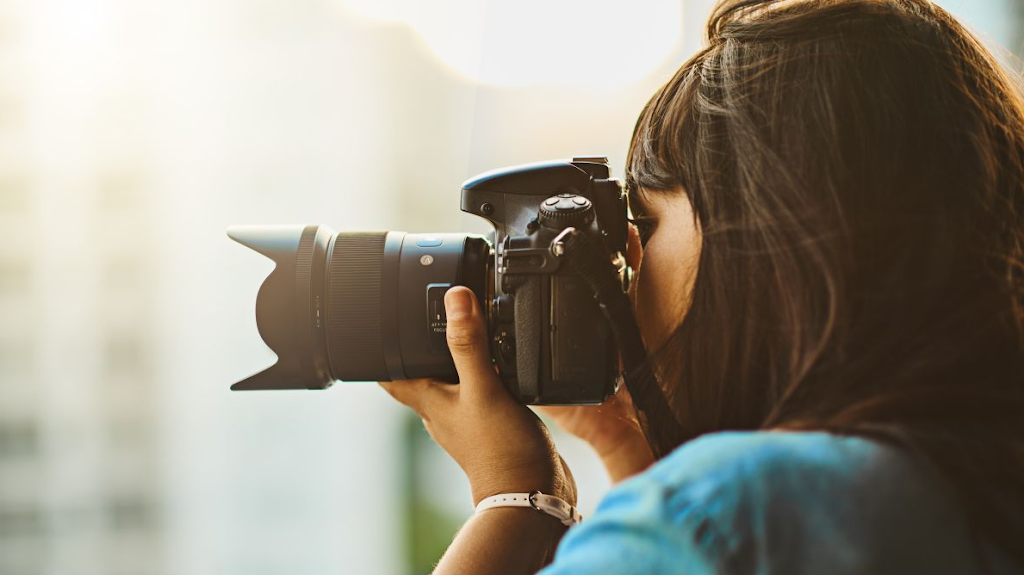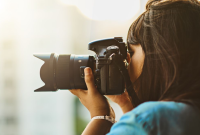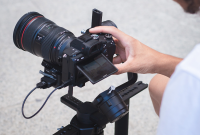Advice on Buying a Digital Camera
Since it is so simple and inexpensive to snap images with a digital camera, it has become a popular consumer item. As a result, some purchasers are impetuous by temperament and do not know about the basic functions of digital cameras. They may only discover the camera’s limitations after using it. When shopping for a digital camera, it is vital to know a few basic characteristics in order to get the most out of it.
Features such as these are included as standard.
In most cases, digital cameras are compatible with both Mac and Windows operating systems. There are a few cameras that only operate on one platform, and a handful of cameras that only function on one platform at a time. Windows is the most common operating system for these cameras.
Exposure accuracy, color purity, optics (lens) quality, and picture compression methods all fall under the umbrella of “image quality.”
Whether a given quantity of onboard picture capacity is adequate or not, it all depends on your application. A high correlation exists between image capacity and picture quality. The purpose of owning a digital camera with a high picture capacity is essentially meaningless if the storage capacity is insufficient in comparison to the resolution. Be wary of cameras that claim to have a high number of photographs but don’t really have the storage capacity to back them up. The quality of your images may be affected by this. Depending on the picture resolution, the storage capacity of the onboard camera memory may range from 2 to 16 MB.
The ability to save photographs on plug-in cards is available on many digital cameras, allowing customers to customize the amount of memory in their camera to meet their specific needs. Memory cards currently come in a variety of varieties, as opposed to the one kind of memory card known as Liner PCMCIA in prior versions of memory cards. There are a number of popular memory cards, including Compact Flash and FlashMedia.
Digital cameras are incapable of adapting to a wide range of lighting situations. This is not a problem with film cameras since we can use various kinds of film to adapt to varied lighting conditions. As a result, it is practically difficult for digital camera owners to adjust this arrangement since the image sensor operates as a film. If you’re going to acquire a digital camera, you’ll want to be sure that it has the right exposure system in place to handle a broad variety of shooting situations.
Other options.
A water-resistant camera is an option since it can survive the effects of dampness.
For clearer and more detailed images, look for a camera with ISO support.
The higher the mega pixel resolution, the more cropping options you’ll have. Enlarged photos may be created with increased mega pixel resolution. But don’t worry too much about mega pixel resolution, since it’s not all that matters with a digital camera.
When photographing in tricky lighting conditions, look for pre-programmed scene settings on your camera.
When shopping for a digital camera, digital zoom is less important than optical zoom. In order to take closer photos and produce higher-quality photographs, optical zoom takes advantage of the lens’ optical properties.
Finally, you must be cautious not to be swayed by a “package deal” offer while purchasing a camera. It’s possible that what costs less may also be of lower quality! Special moments may be easily documented using digital cameras. Now that digital cameras have so many options and are so inexpensive, they’ve really taken off as a popular consumer item throughout the globe.
This article is licensed under the GNU FDL and may be freely distributed without the author’s permission. Aside from that, all URLs (web addresses) included in the article and bio must be preserved.




